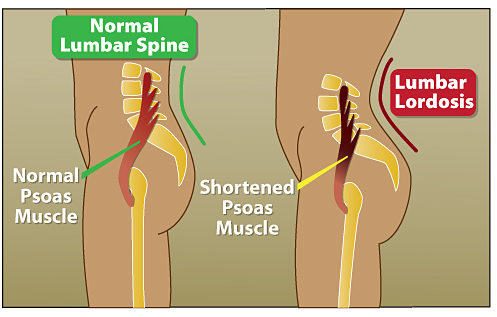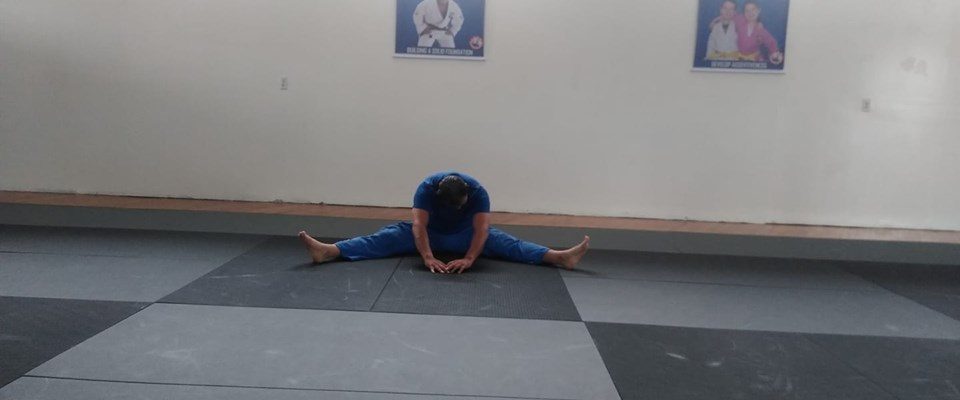Stretching for pain
Stretching for pain relief… the ugly truth!
Pain relief sessions have used most of time, while at my clinic/gym in the past few months. Clients keep coming, asking for a program that will stretch their hamstring to subsequently relief back pain. Stretching for pain relief… the ugly true!. What many health professionals, stretching fanatics and, yoga enthusiasts can’t still understand: an increased of ROM in the spine can exacerbate the risk of future back troubles. Why then, does increasing the ROM remains a rehabilitation objective ? the first reason is the knee to quantify reduced disability. Second, there is a holdover philosophy from the athletic world, that increase ROM enhances performance. This may be true for some activities , but it is untrue for others. As will be shown this philosophy may work for other joints , but it generally does not work for the back. In fact, successful rehabilitation for the back, is generally retarded when athletic performance are followed. Or when people get on stretching programs not adaptable or conditioned for back pain.
The flexible back vs spine stability
The ligaments of the spine is an anatomical paradox: it is weight bearing upright flexible rod. The ability of the joints of the lumbar spine to bend in any direction, is accomplished with large amounts of muscle coactivation. Repeat muscle coactivation, no stretching cycles in the muscles. The spine can be linked to a flexible road that will buckle under compressive loading. However, if the road has guy wires connected to it, like the rigging on a ships mast, although more compression is ultimately experienced by the road, it is able to bare much more compressive load since it is stiffened and therefore more resistant to buckling. The cocontracting musculature of the lumbar spine (the flexible beam) can perform the role of stabilizing guy wires to each lumbar vertebra , bracing it against buckling. Recent work by Dr. panjabin (1990) and Cholewicki (1999), has begun to quantify the influence of muscle arquitecture and the necessary coactivation on lumbar spine stability. The architecture of many torso muscles is especially suited for the role of stabilization!. Therefore, in order to achieve flexibility in the back a stability program is a must. Since as mentioned; there can not be flexibility without stability.
The Posterior Elements Of The Vertebrae Are Flexible
In understanding vertebral mechanics Doctor Stuart McGill ( in his book low back disorders ) discusses the flexibility elements of the back by using a vertebra from the butcher grasp. He grasp the vertebra body in one hand and the whole neural arch in the other. Bend the arch up and down and showed the flexibility. This flexural displacement occurs in each cycle of full spine flexion-extension common in events such as women’s gymnastics, extreme youga poses, and ballet dancers, among others. If this cycling continues, the stress reversal will eventually, cause a fatigue crack in the pars. Further repetition will caused the crack to propagate through the full width of the pars, eventually resulting in fracture. Flexion and extension through stretching in situations where there is back pain, is not in the patients best interests, yet, people insists in programs such as intense yoga, active flexibility sessions, assisted stretching etc. At times this type of stretches only cause temporarily relief, and just keep stretching the pain away.
IS STRETCHING AN OVERALL BAD PRACTICE?
BY NO MEANS I AM inferring that YOGA OR STRETCHING are BAD. Being a martial artist, 80% of my work outs are based on stretching. Nonetheless, I don’t use stretching when I am injured, or have a tight limb, since I am trained in other techniques; I concentrate on more modern methods of pain relief. Furthermore; in my last article on: how much flexibility we lose after 40 I cited in detail a flexibility program for people after 40, enticing those over the age of 40 to stretch properly to augment ROM.
Train for full range of motion using our clinical wisdom paradigm for pain relief:

An example of this; are people with spasms in the psoas (see above picture), which produce a shortening in hip extension restriction. Active stretching or assisted stretches will not reduce restrictions on this muscle. Instead, spare the back while stretching the hips and knees. Poor technique during the stretching of hip and knees tissues leads to unnecessary loading of the lumbar spine. This can easily be avoided by changing technique:

Maintain an upright torso posture while performing a hip and knee work. Preservation of a neutral spine ensures minimal loading from passive tissues. An upright torso minimizes, the reaction torques, the associated muscle contraction, and spine load. I also educate my clients about abdominal bracing, which is absolutely necessary for pain control. See figure below of this stretch.
Hamstring stretches are killing your back:
Again sparing the back is a must when released tension of your joints. And, hamstrings are not the exception. As discussed, you will sparring the back by maintaining the upright torso and neutral spine curve. Same when stretching the quads, holding a chair for balance is a good way to ensure a straight back


Please write your comments below and contact us by filling out the forms if you have any questions or concerns.
To your health
Jose Fuentes/MS/LBDCS/CPT
0
